Many facilities have mandates to save energy. Improving energy efficiency offers huge advantages to businesses—reducing the costs of energy and operations— and increasing sustainability.
Ⅰ. Abstract
Through proven methods including variable frequency drives (VFD), LED lighting and conservation methods and control, many new and existing facilities achieve the savings that they expect. However, many solutions are overstated as energy savers including power factor (PF) correction, harmonic solutions and conservation voltage reduction (CVR). Some solutions may not specifically save energy, but offer financial savings for end users as an incentive or penalty avoidance.
Ⅱ. Introduction: Saving money on your energy bill
Saving money on your energy bill is simple—either use less energy or pay less for the energy that you use. As ridiculous as this sounds, this oversimplification is exactly the point. Energy savings is hard work and a clear understanding of the energy you use and how you pay for it is critical to saving money.
Understanding your electric bill
Generally speaking, your electric bill has four major components:
1. Energy (measured in kWh)
2. Demand (measured in kW)
3. Penalties or other charges (PF, etc.)
4. Taxes
Our intention is not to help you save money on the tax portion of your bill, but by identifying savings in the other three parts, you may also save on taxes.
Energy charges (kWh)
Energy, which is measured in kWh, is an accumulation of kW over time. Typical rates for kWh charges range from $0.05/kWh to $0.15/kWh but can be significantly higher in remote areas or during heavy energy demand periods.
Demand charges (kW)
Although demand charges are fairly straightforward, they are often misunderstood. Demand charges are not the instantaneous maximum kW (or MW) that a facility uses, but rather the kW demand is a rolling 15 minute average value (or 5 minutes or 30 minutes, for example, based on the utility tariff). The demand charge is a once-per-month charge based on the highest 15 minute window. Some utilities will add additional regulations and hold the highest demand for multiple months or even a full year. The purpose of the demand charge is to ensure that the utility is capable of supplying every customer with the peak kW required on a given feeder, substation or region based upon generation, transmission and distribution capacity. Typical kW demand charges are $5 to $15/kW, but may be significantly higher based upon location and customer electrical size.
Ⅲ. PF penalties
Power factor is a measure of the effective use of kW versus kVA.
PF = kW/kVA
A low power factor indicates that a significant amount of reactive power is needed by the loads (usually motors) and without local compensation (usually accomplished with capacitors), utilities must provide more current and kVA than with an optimized system where the PF is 1.0 or nearly 1.0. Because power distribution equipment is rated in kVA and/or amps, utilities must oversize their equipment and conductors to accommodate poor power factor by their customers. For this reason, utilities often penalize customers with low power factors (essentially rewarding customers with high power factors). Some utility companies do not impose penalties but then, in fact, socialize the penalty by raising the kWh and/or kW demand rates for all customers because the utility must then install large PF correction banks in substations or on feeders to support the low PF of some customers.
Ⅳ. Solutions: Save money by saving energy
One of the best ways to save money on an electric bill is to reduce the amount of energy used in a facility, either through the use of energy-efficient devices, or through intelligent building control systems. Energy-efficient devices can range from variable frequency drives (VFDs) for motor control, to utilizing LED lighting, or high-efficiency motors and transformers. Intelligent building controls can leverage new or existing technology to reduce energy consumption through load management, lighting control and advanced thermostats.
|
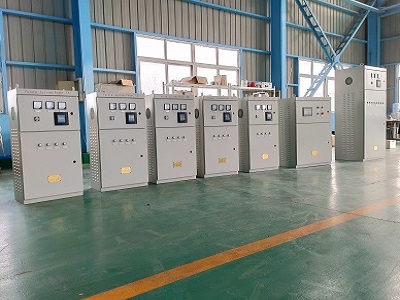
Low voltage system power factor improvement machine
|
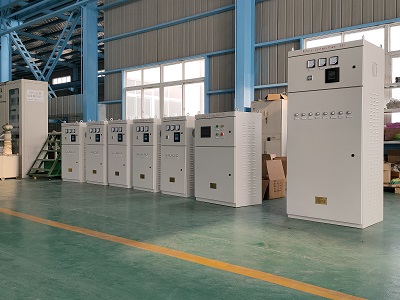
Kvar compensation energy saving cabinet
|
|
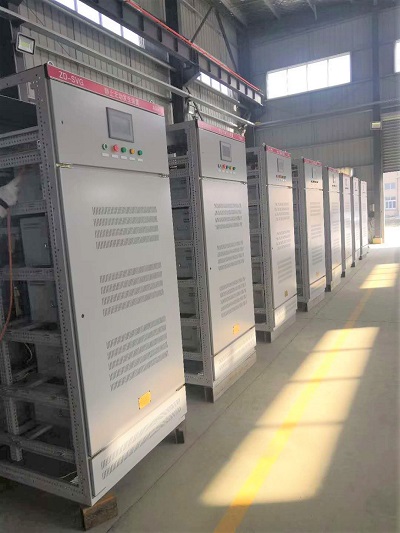
Dynammic power factor improvement panel
|
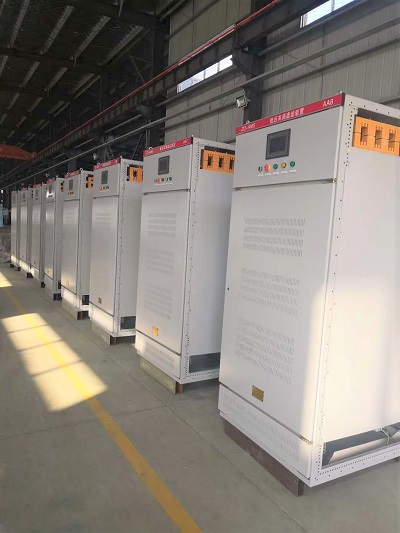
Low voltage system harmonic control device
|
|
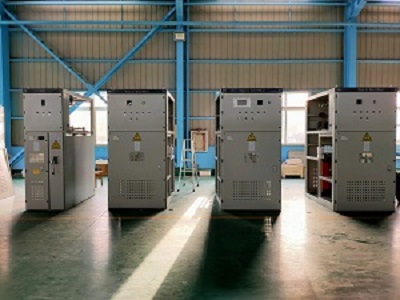
High voltage reactive power compensation panel
|
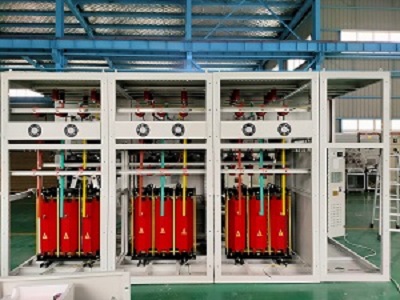
HV contactor switch step compensation caapcitor bank
|
Ⅴ. Conclusion
There are many opportunities to save money by applying proven solutions to commercial facilities but buyer beware—if it sounds too good to be true, it probably is. Using proven methods and measurement techniques, commercial facilities can save money on their electrical energy bill and improve their bottom line.
